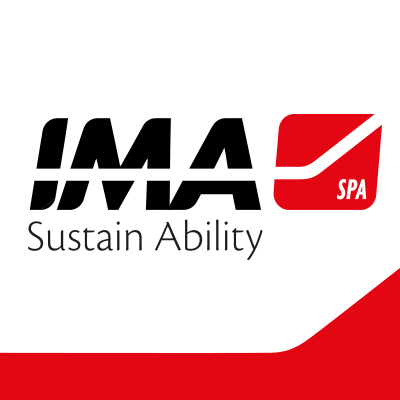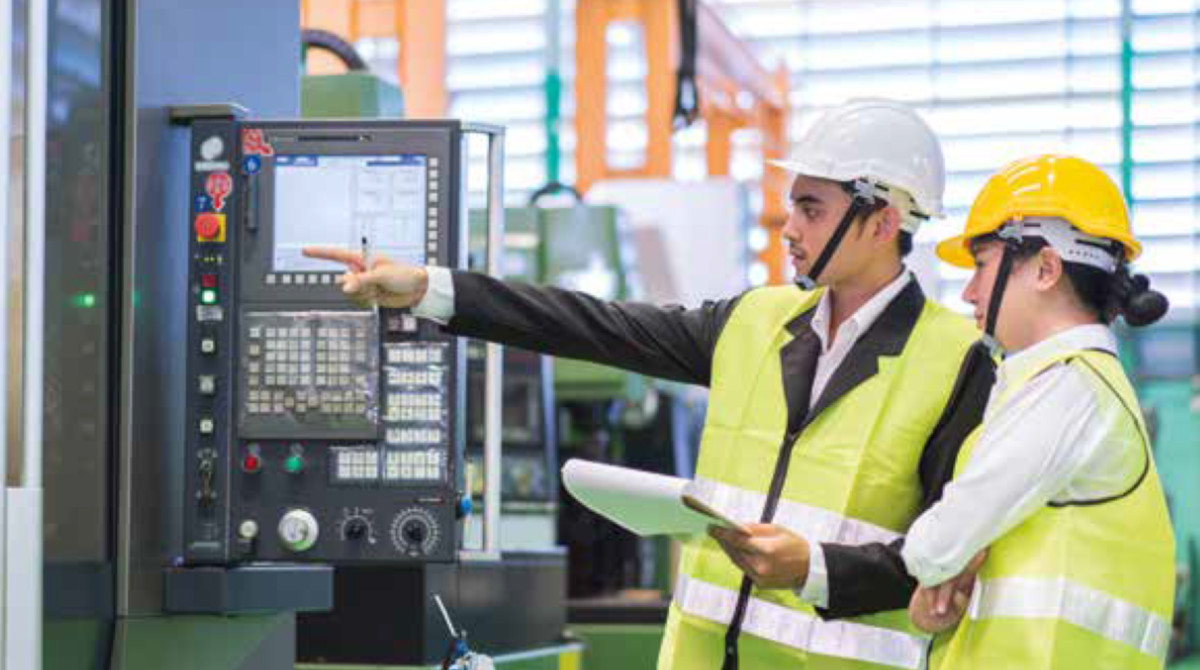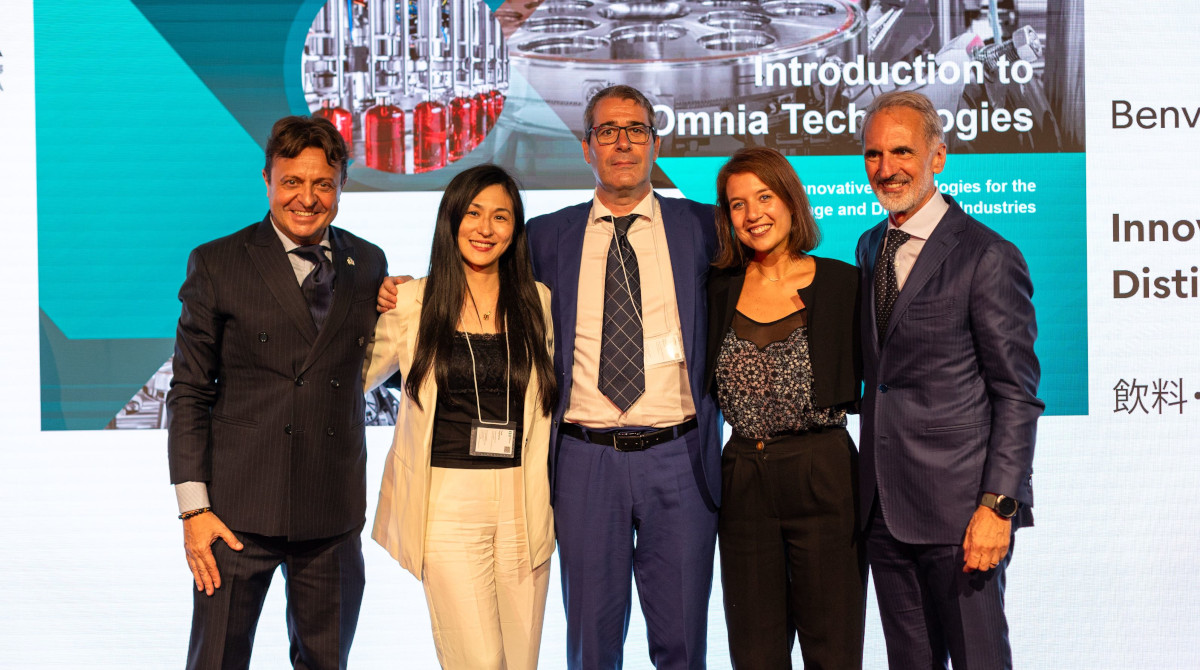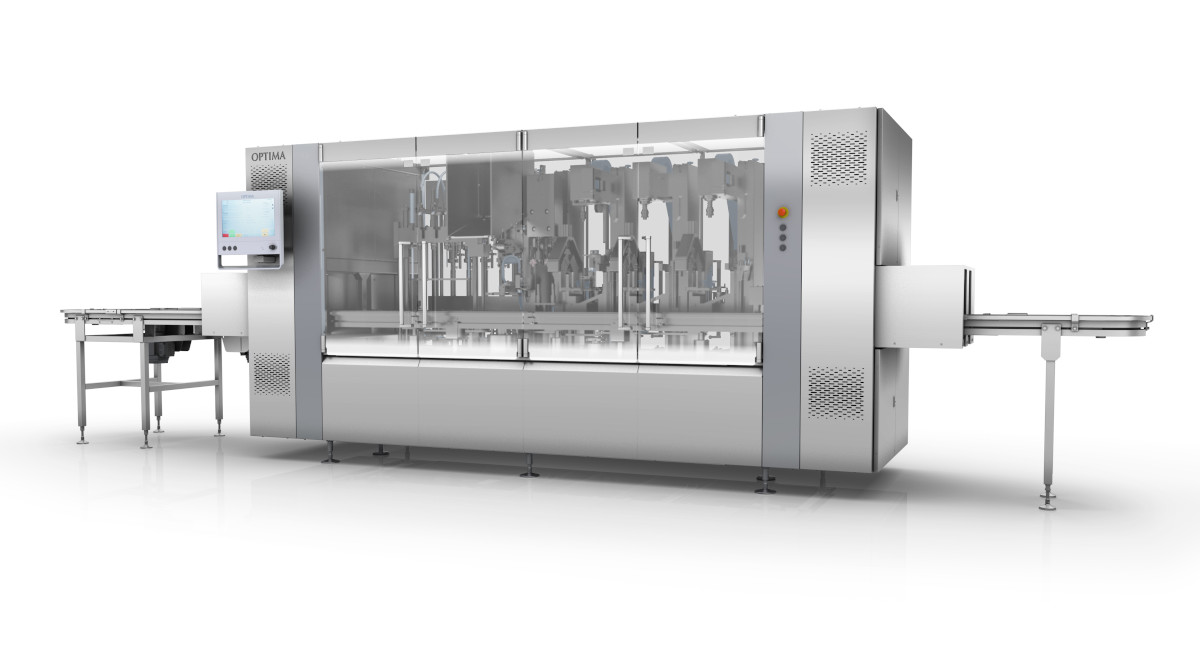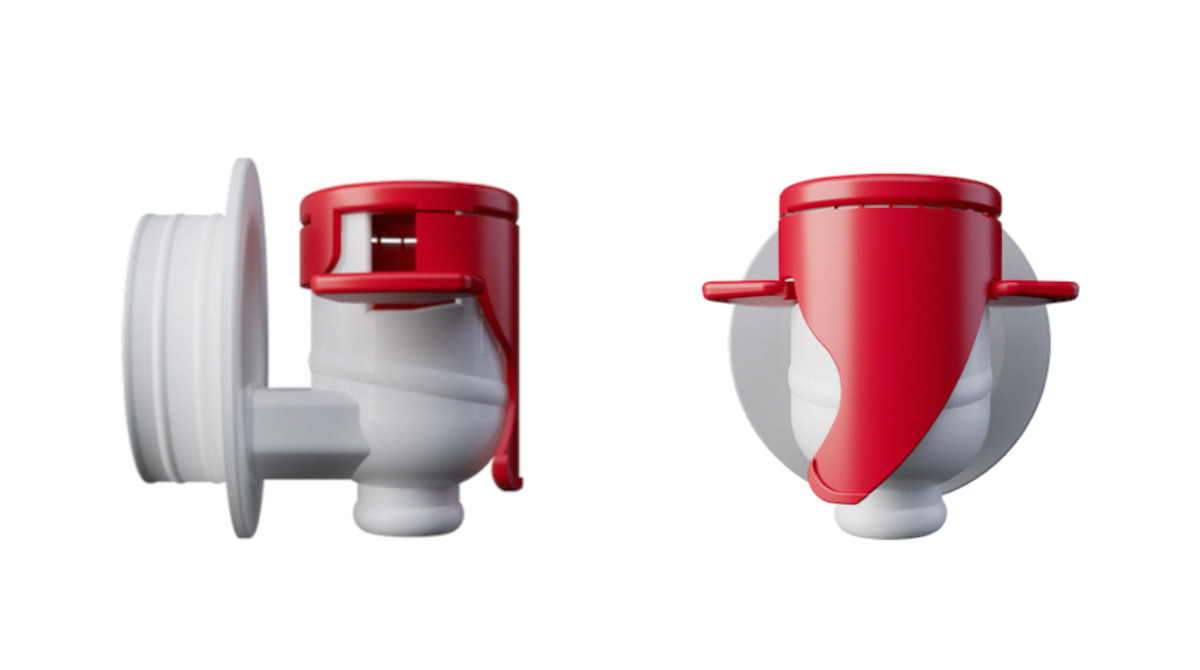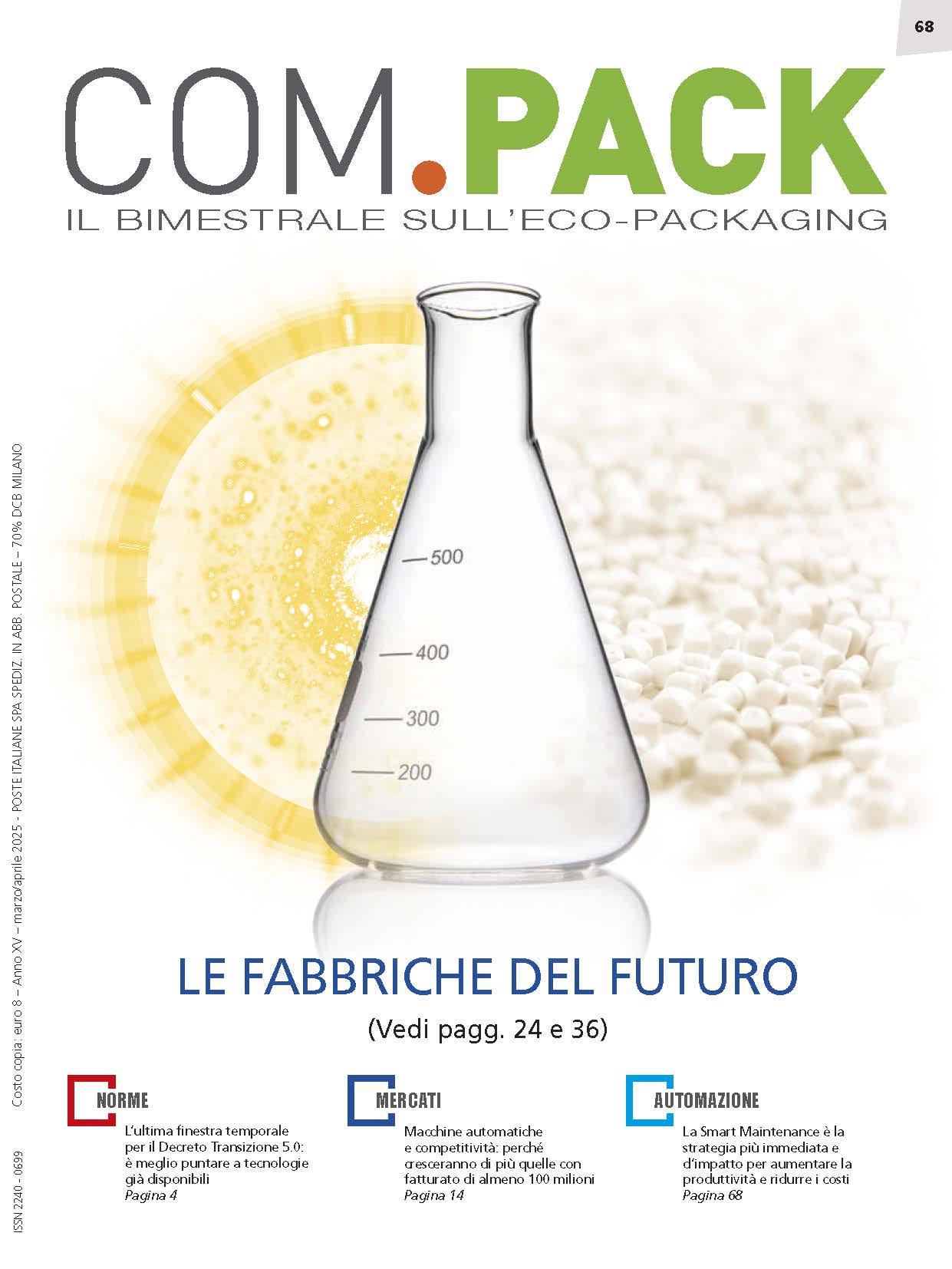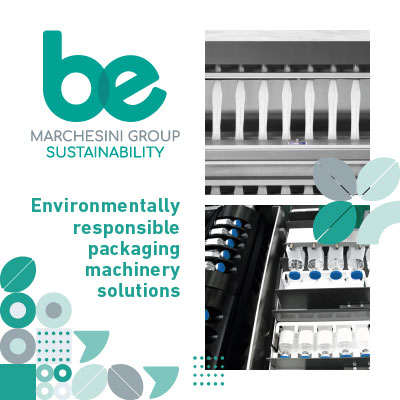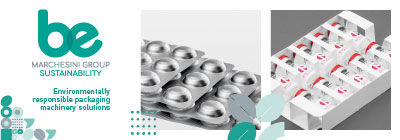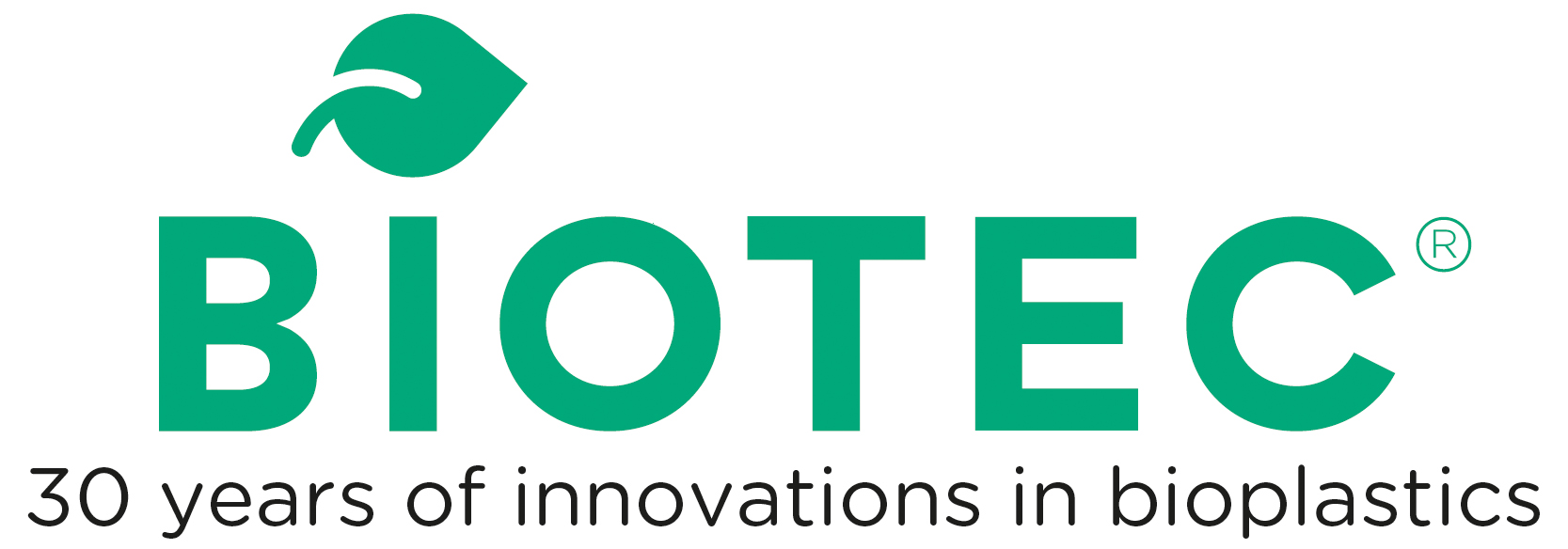There is a lot of talk about the COP26 and its attempt to reduce climate impact done by human beings. Among other initiatives, to reduce emissions we must reduce energy consumption. This cannot be achieved by governments alone. Like it or not, we are all together in this pale blue dot. We all need to do more sustainable activities. Every company should do a little bit to help.
As companies grow, they tend to use more energy, creating an interesting challenge. Many initiatives have been already taken to minimize consumption: usage of LED lights, better insulation, new electric motors, etc. However, more is still needed.
When visiting factories, it is not uncommon to see possibilities for improvement. Before talking about ways to reduce energy consumption, we need to understand how a typical utility company records electricity usage for billing. There are two important factors: peak demand and power supplied. Peak demand is the highest peak (kVA demand) during a 15 minute interval (during a 30 day period there will be about 2.880 15 minutes intervals recorded). Power supplied is the amount of electricity used (normally measured in kWh). To reduce the billing costs, it’s important to work on both.
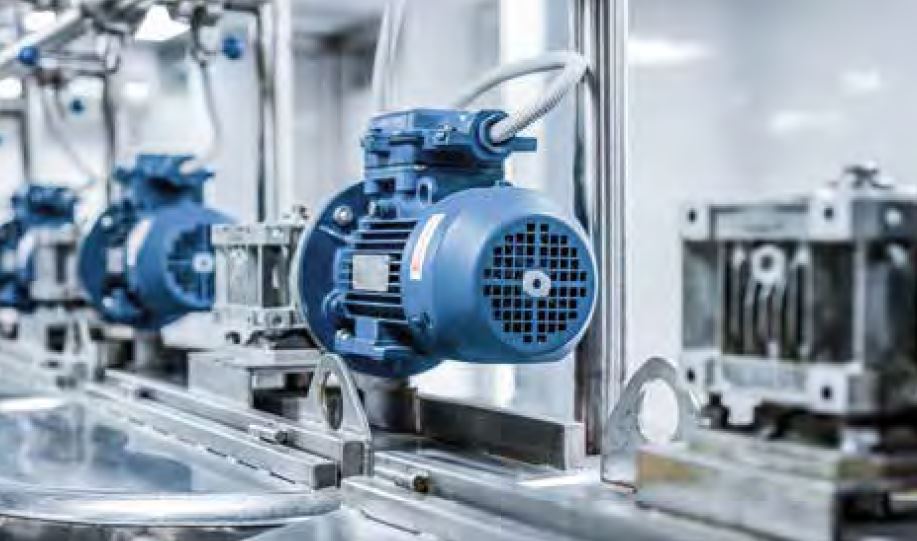
There are a few good practices that can help reduce peak demand. The one I consider the most important is to avoid starting all the electric motors at the same time. Most of the motors do have a peak consumption when starting up, and then they drop to the normal rate. If you slightly phase them apart, you can minimize very high peaks in consumption, which will impact in your billing. Another approach is that you have all your equipment connected to a generator (often the actual case) to set as a target. You cannot have the consumption going above the generator capacity (or your target).
Maintenance and electricity used (in KWH) go hand in hand. Poor maintenance tends to increase energy consumption. Improving maintenance has no bad side effects. If done right we get better asset utilization, lower maintenance costs, and on top of that, we optimize energy consumption.
One of the most common conditions is poor lubrication, which is not hard to understand. Insufficient lubrication on moving parts will require more energy (and will also lead to other maintenance issues). Sometimes it's not just a matter of poor lubrication; we often see it associated with poor cleaning as well (or the complete lack of it). During a visit many years ago, operators were complaining about a palletizer with poor performance. When I looked under it, I was amazed. There was so much dirt on the moving parts that I was impressed the machine was still working (poorly but working). Cleaning and lubrication done right are very important.
One common but subtle issue is machine misalignment. Motors, couplings, pumps, gearboxes, etc. need to be properly aligned, not only to have the proper lifespan and minimize failures, but also to keep energy usage under control. The problem is that a very high level of precision is required, more than can be seen by the naked eye. So, laser alignment is required for optimum results. You would be shocked to know that a lot of installations, even nowadays, still do not use those tools, thus spending more energy and compromising the effectiveness and the lifetime of the equipment from day one. Motors heating up are often a result of misalignment and/or lubrication issues (if amps go up, so does the energy consumption).
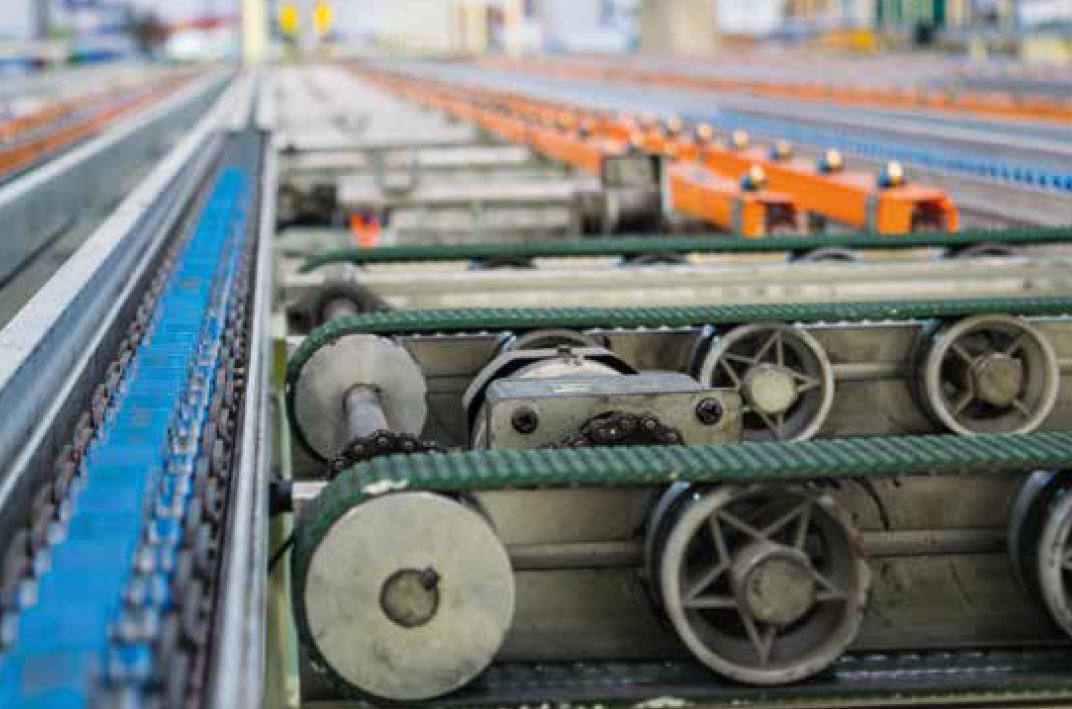
Improving OEE also saves energy. If we can do the same amount of production in less time, we can save energy. Preventing breakdowns improves OEE. This can be achieved through proper implementation of the available maintenance technologies, special online monitoring, predictive maintenance, and enhancing reliability. Not exactly easy, but possible. I was able to get a very big line to run for more than a year without a single breakdown. Improving OEE does not have a downside. Do not accept lines with poor OEE performance, challenge it.
Another common issue is air leakages. A lot of unnecessary energy is used to keep air compressors running because of air leakages. Identifying and fixing those air leakages are not that hard using the correct tools (ultrasonic). With them, a weekly routine searching for those leakages can minimize energy costs. This is a kind of small investment with good payback.
On the production side, one thing that I see happening sometimes is idling equipment with no production or no reason for the equipment to be on. This is just a waste of energy. There are some complicated solutions on the market to deal with that by using algorithms and other technics. I don’t care for those solutions very much; I would rather rely on production and maintenance planning instead. Good planning has the collateral of giving more time for maintenance, which can further improve uptime performance.
In big installations, induction generated in one motor may impact the energy flow of other equipment nearby. This can be seen through the harmonic wave in the electric line, not an easy thing to fix, but solutions on the market do exist (like Xeco Energy) that can reduce this effect, reducing the electricity consumption typically by somewhere from 7 to 9%.
Another idea is to do an energy management system gap analysis. This can also help to identify potential areas where energy consumption could be reduced in a holistic way. Specialized companies evaluate existing energy management practices and determine the required steps to implement an energy management system such as the international energy standard ISO 50001.
Reducing energy is not only good for the planet but can also save a lot of money for companies if done properly. It may require doing things differently, but we have crossed the point where we cannot just keep doing the same for much longer. There’s no planet B. Are you willing to do your part?





